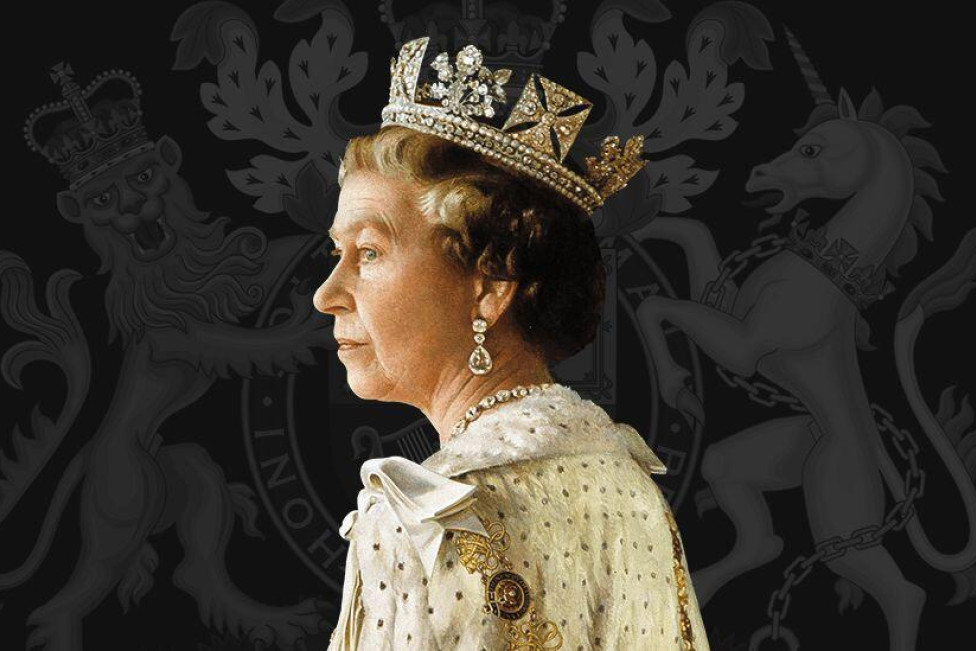General News
8 September, 2022
Queen Elizabeth has died: Flags to half-mast
Queen Elizabeth II, the Commonwealth's longest-serving monarch, has died at Balmoral aged 96, after reigning for 70 years. She died peacefully on Thursday afternoon (UK time) at her Scottish estate. The Queen came to the throne in 1952 and witnessed...

Queen Elizabeth II, the Commonwealth's longest-serving monarch, has died at Balmoral aged 96, after reigning for 70 years.
She died peacefully on Thursday afternoon (UK time) at her Scottish estate.
The Queen came to the throne in 1952 and witnessed enormous social change.
Her son King Charles III said the death of his beloved mother was a "moment of great sadness" for him and his family and that her loss would be "deeply felt" around the world.
He said: "We mourn profoundly the passing of a cherished sovereign and a much-loved mother.
"I know her loss will be deeply felt throughout the country, the realms and the Commonwealth, and by countless people around the world."
Flags are now to be flown at half-mast.
As a mark of mourning and respect and in accordance with protocol, the Australian National Flag should be flown at half-mast immediately and until further notice. Vice-Regal Standards are to remain at full-mast.
It is customary to fly the flag at half-mast from the time of announcement of the death of The Sovereign until the day after the funeral, except on the day the accession of the new Sovereign is proclaimed.
When flying the Australian National Flag with other flags, all flags in the set should be flown at half-mast.
If a set of flags includes the flags of other nations, it would be appropriate to seek permission from the diplomatic representatives of that nation to half-mast their flag.
An acceptable half-mast position would be when the top of the flag is a third of the distance down from the top of the flagpole.
Flags may be flown at half-mast overnight, provided they are illuminated.